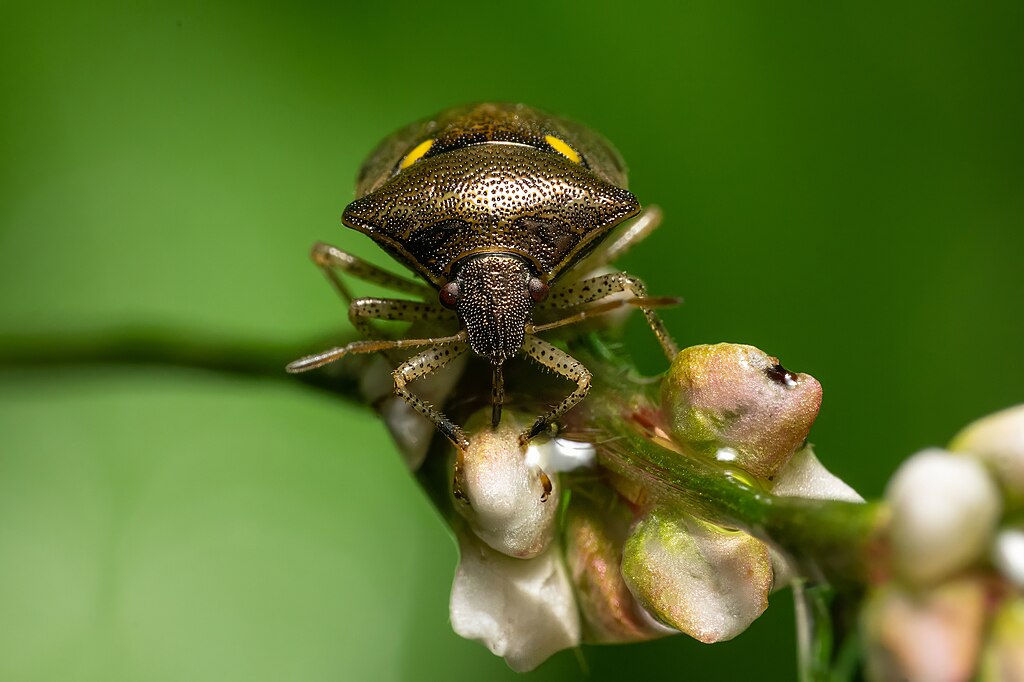Picture this: a tiny, shield-shaped insect no bigger than your thumbnail arrives uninvited to America’s dinner table. It doesn’t just crash the party—it devours everything in sight, leaving behind a trail of agricultural devastation that costs farmers billions of dollars. This isn’t science fiction; it’s the real story of how the brown marmorated stink bug transformed from an unknown Asian species into one of America’s most notorious agricultural pests. What started as an accidental introduction has snowballed into an ecological and economic nightmare that continues to challenge everything we thought we knew about pest management.
The Accidental Invasion That Changed Everything
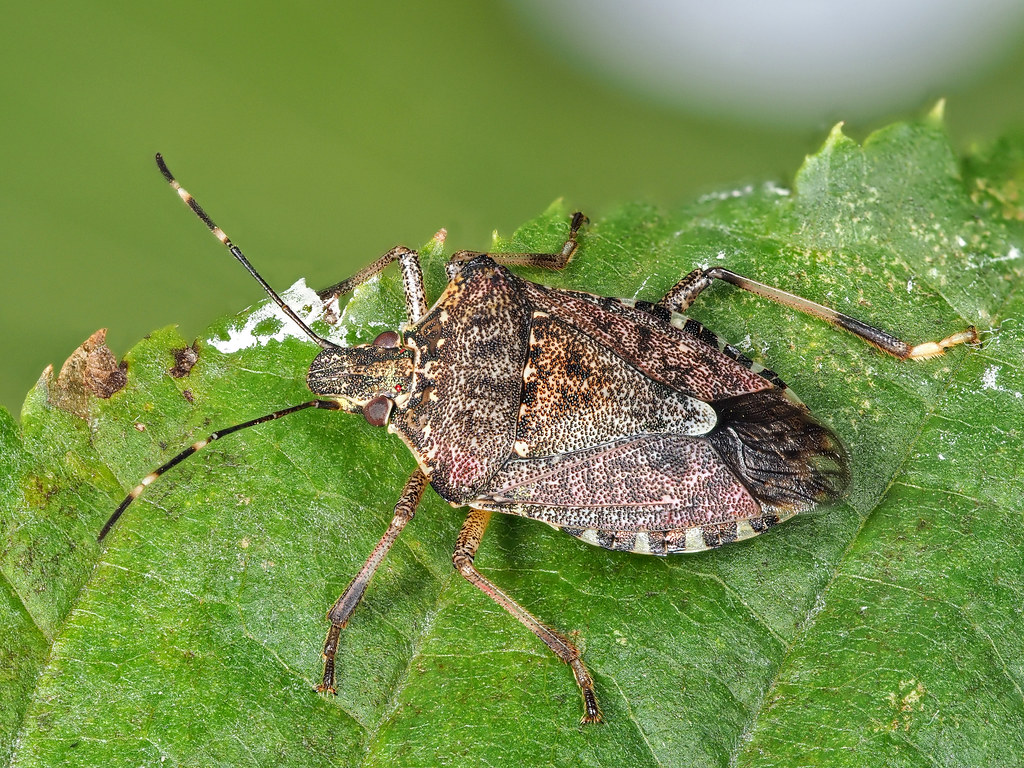
The brown marmorated stink bug didn’t announce its arrival with fanfare. Scientists believe this Asian native first hitchhiked to America sometime in the mid-1990s, likely tucked away in shipping containers or packing materials. The first official sighting occurred in Allentown, Pennsylvania, in 1998, but by then, these insects had probably already been establishing themselves quietly for years. Nobody could have predicted that this seemingly harmless bug would become one of the most economically damaging invasive species in recent history. The lack of natural predators and an abundance of food sources created the perfect storm for an ecological disaster waiting to unfold.
Meet the Destroyer: Physical Characteristics and Identification
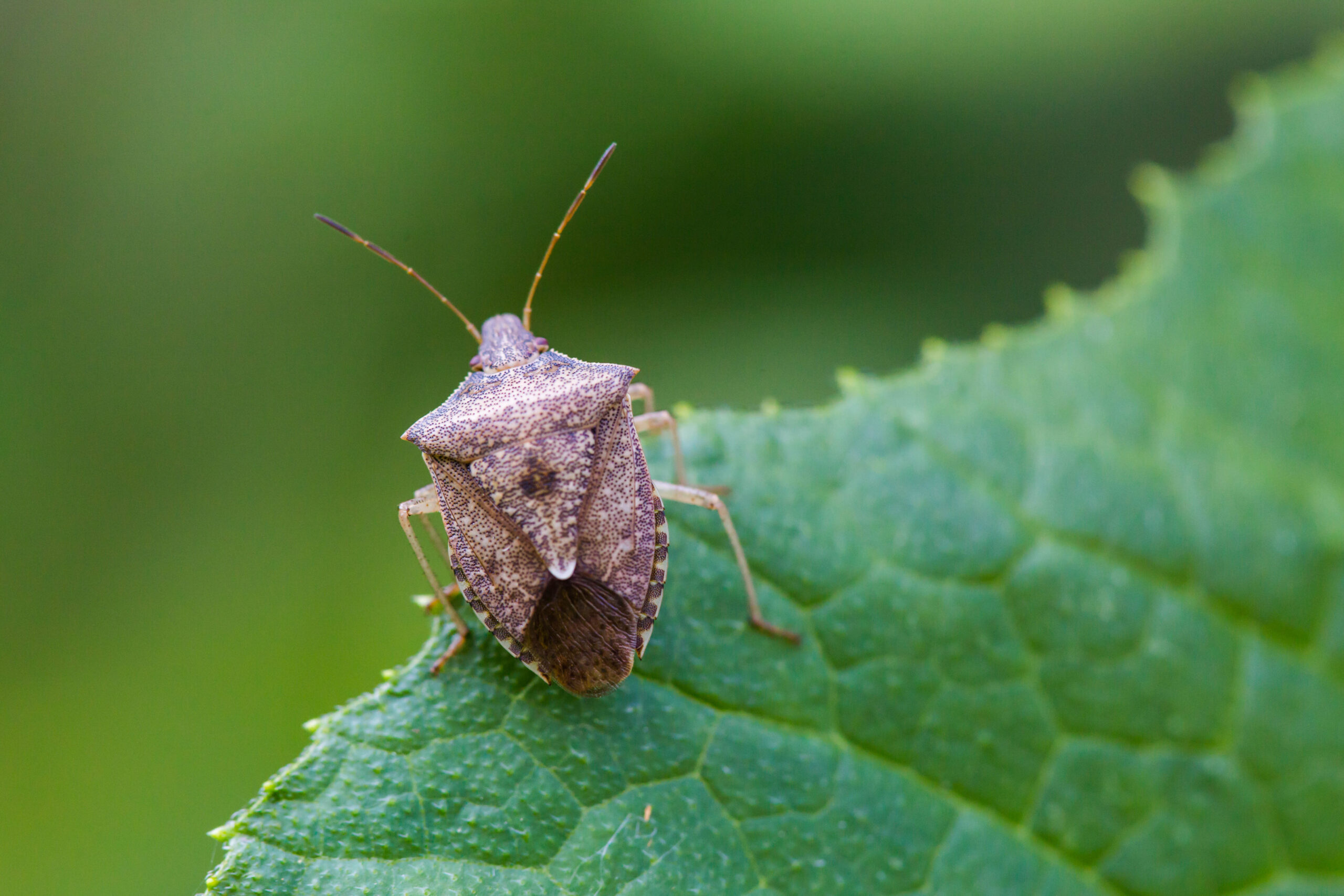
The brown marmorated stink bug might look unremarkable, but don’t let its modest appearance fool you. These insects measure about half an inch long and sport a distinctive shield shape that makes them look like tiny medieval armor. Their brown, mottled coloring provides excellent camouflage against tree bark and plant stems, making them masters of disguise. The telltale sign that separates them from native stink bugs lies in their antennae—alternating light and dark bands that create a unique striped pattern. When threatened or crushed, they release their signature foul odor, a defense mechanism that’s as memorable as it is unpleasant.
From Zero to Everywhere: The Rapid Spread Across America
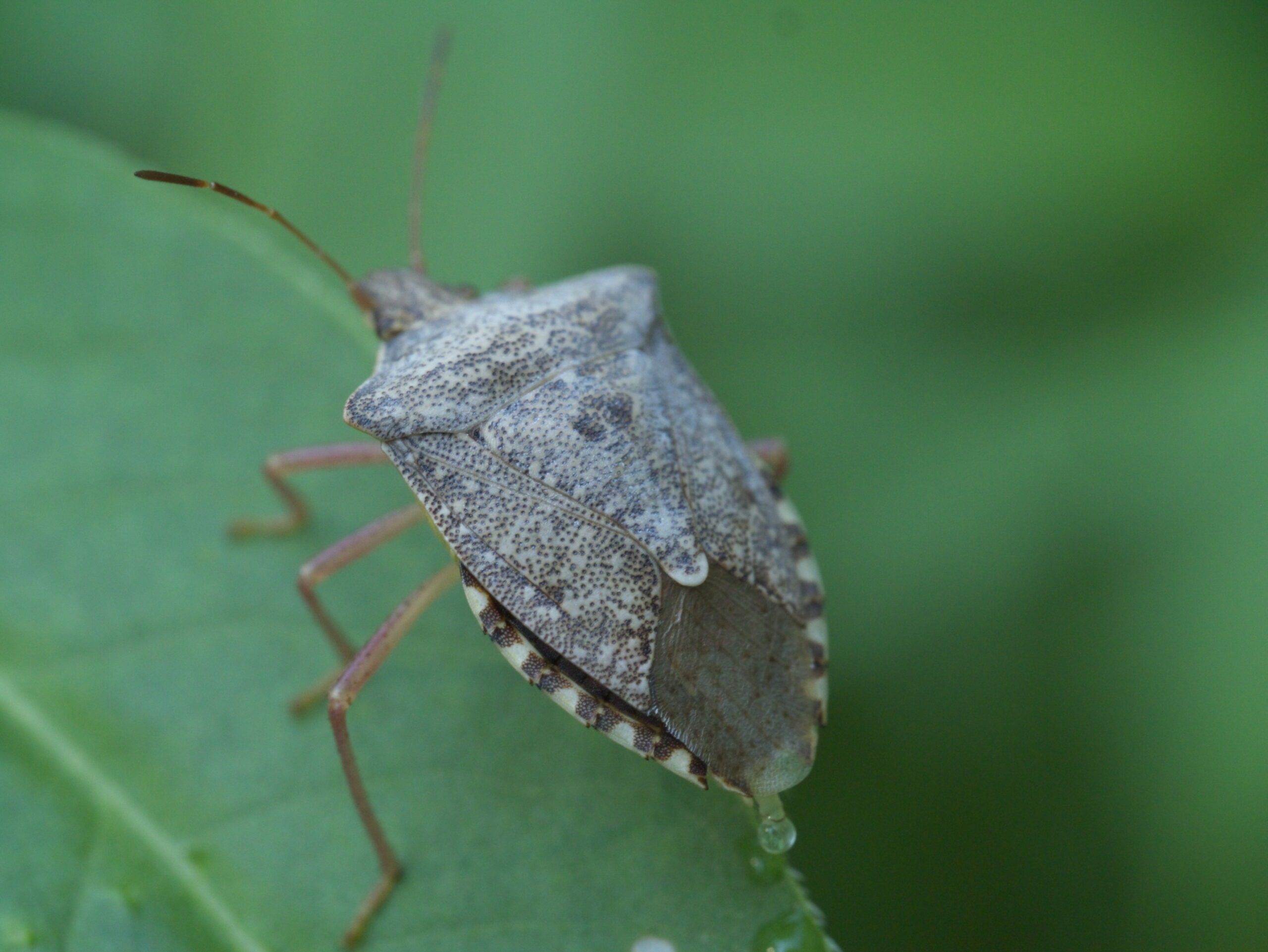
What happened next reads like a biological thriller. From that single detection in Pennsylvania, brown marmorated stink bugs spread with alarming speed across the United States. By 2010, they had established populations in over 30 states, moving faster than scientists could track their progress. The insects proved incredibly adaptable, thriving in diverse climates from the humid Southeast to the dry Southwest. Their ability to overwinter in human structures—attics, sheds, and wall voids—gave them a crucial advantage in surviving harsh winters that would normally limit their range. Today, they’ve been detected in 48 states, making them one of the most widespread invasive insects in American history.
The Perfect Storm: Why They Thrived in American Ecosystems
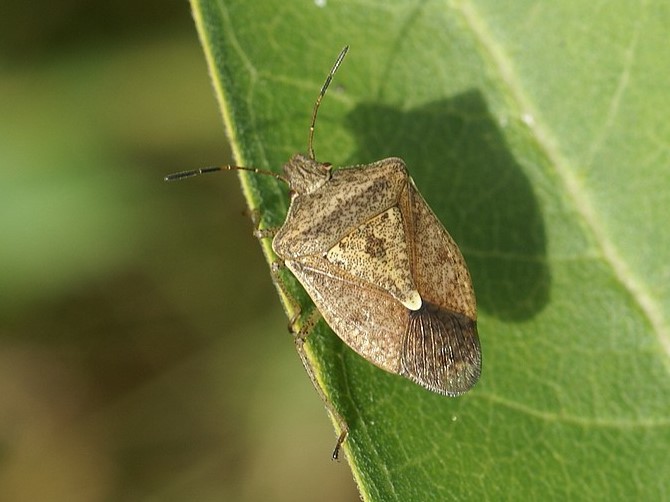
America’s agricultural landscape became an all-you-can-eat buffet for these invasive insects. Unlike their native habitat in Asia, where natural predators kept their populations in check, American ecosystems offered no such controls. The brown marmorated stink bug discovered it could feed on over 100 different plant species, from backyard tomatoes to commercial orchards. Their generalist feeding habits meant they weren’t dependent on any single crop, making them incredibly resilient to control efforts. The mild winters in many American regions also extended their breeding seasons, allowing multiple generations per year instead of the single generation typical in their native range.
Apple Orchards Under Siege: The First Major Agricultural Casualty
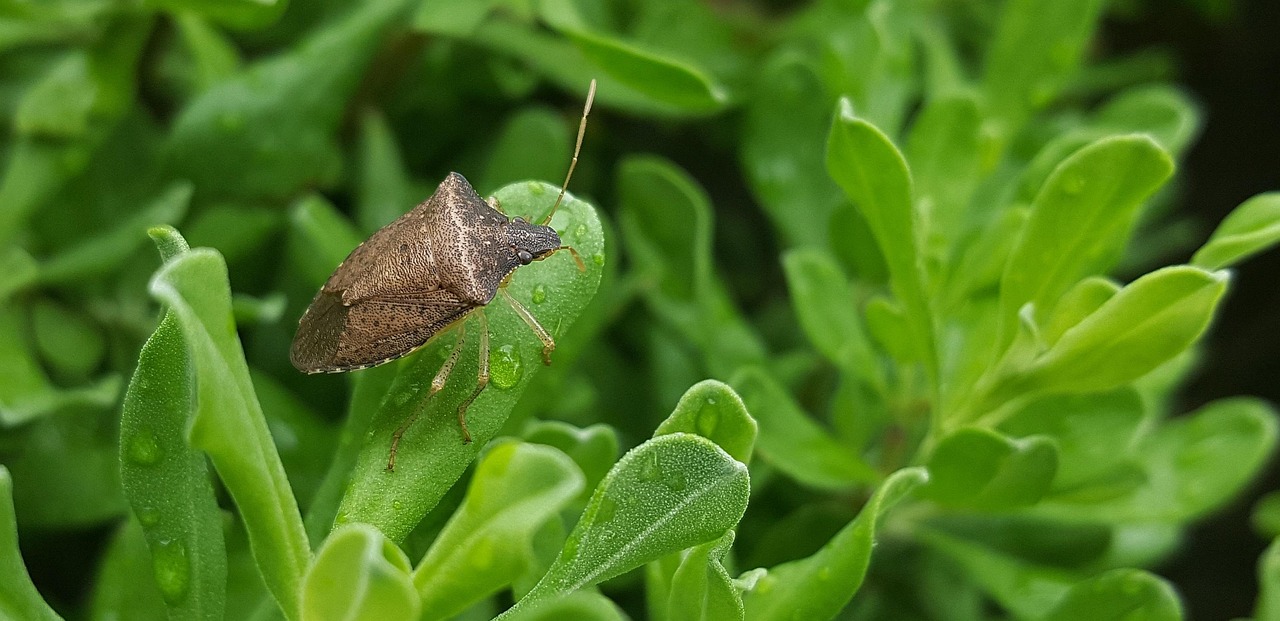
Apple growers were among the first to feel the devastating impact of this invasive species. In the mid-Atlantic region, particularly in Pennsylvania, Maryland, and Virginia, brown marmorated stink bugs turned thriving orchards into economic disaster zones. These insects pierce apple skin with their needle-like mouthparts, injecting digestive enzymes that create dimpled, corky spots on the fruit. What looks like minor cosmetic damage to the untrained eye actually renders apples unmarketable, causing millions of dollars in losses. Some orchards reported crop losses exceeding 90% in heavily infested areas, forcing generational farming families to consider abandoning their livelihoods.
Vegetable Crops: A Buffet of Destruction

The devastation spread beyond orchards to America’s vegetable farms with equally catastrophic results. Peppers, tomatoes, cucumbers, and corn became prime targets for these voracious feeders. In New Jersey, pepper growers watched helplessly as their crops developed the characteristic dimpling and discoloration that makes produce unsellable. The insects don’t just damage the surface—their feeding disrupts the plant’s internal structure, causing fruits to become stunted and misshapen. Sweet corn farmers faced a particularly cruel twist: the bugs prefer to feed on the developing kernels, destroying the crop from the inside out where damage isn’t visible until harvest.
The Economic Earthquake: Billions in Agricultural Losses
The numbers tell a sobering story of economic devastation. Conservative estimates place annual agricultural losses from brown marmorated stink bugs at over $40 billion nationwide, with some regions experiencing losses that dwarf those figures. In Maryland alone, the 2010 growing season saw $37 million in losses to apple growers. The ripple effects extended far beyond individual farms, impacting processing facilities, grocery stores, and consumers who faced higher prices for undamaged produce. Rural communities built around agricultural economies watched their tax bases shrink as farms struggled to remain viable, creating a cascade of economic hardship that touched every aspect of rural life.
Beyond the Fields: Invading American Homes

As if agricultural damage wasn’t enough, brown marmorated stink bugs added insult to injury by invading American homes. Each fall, these insects seek warm places to overwinter, and human structures provide perfect shelter. Homeowners across the country suddenly found themselves dealing with hundreds or even thousands of these smelly invaders clustering on south-facing walls and creeping into attics and basements. The insects don’t cause structural damage, but their presence creates a different kind of nightmare—the constant threat of that infamous stench whenever one gets accidentally crushed. Some homeowners report finding so many bugs in their homes that removal becomes a full-time job during peak season.
The Chemical Arms Race: Pesticide Challenges and Resistance
Traditional pest control methods proved woefully inadequate against this new threat. Brown marmorated stink bugs showed remarkable resistance to many conventional pesticides, forcing farmers to increase application rates and frequency. This escalation created a vicious cycle: higher pesticide use killed beneficial insects that might have provided some natural control, while the target species continued to thrive. The insects’ ability to develop resistance quickly meant that effective chemicals became useless within a few growing seasons. Farmers found themselves spending more money on pest control while achieving worse results, creating an economically unsustainable situation that threatened the viability of entire agricultural operations.
Unintended Consequences: Collateral Damage to Beneficial Insects

The intensive pesticide campaigns aimed at controlling brown marmorated stink bugs created unexpected ecological casualties. Beneficial insects like bees, ladybugs, and parasitic wasps—nature’s own pest control agents—suffered massive population declines in heavily treated areas. This collateral damage removed crucial ecosystem services that farmers had relied on for generations, including pollination and natural pest control. The loss of these beneficial species created new pest problems as other insects, previously kept in check by natural predators, began to flourish. Farmers found themselves fighting battles on multiple fronts, dealing with not just the original stink bug problem but also secondary pest outbreaks that resulted from their control efforts.
Research and Innovation: The Scientific Response
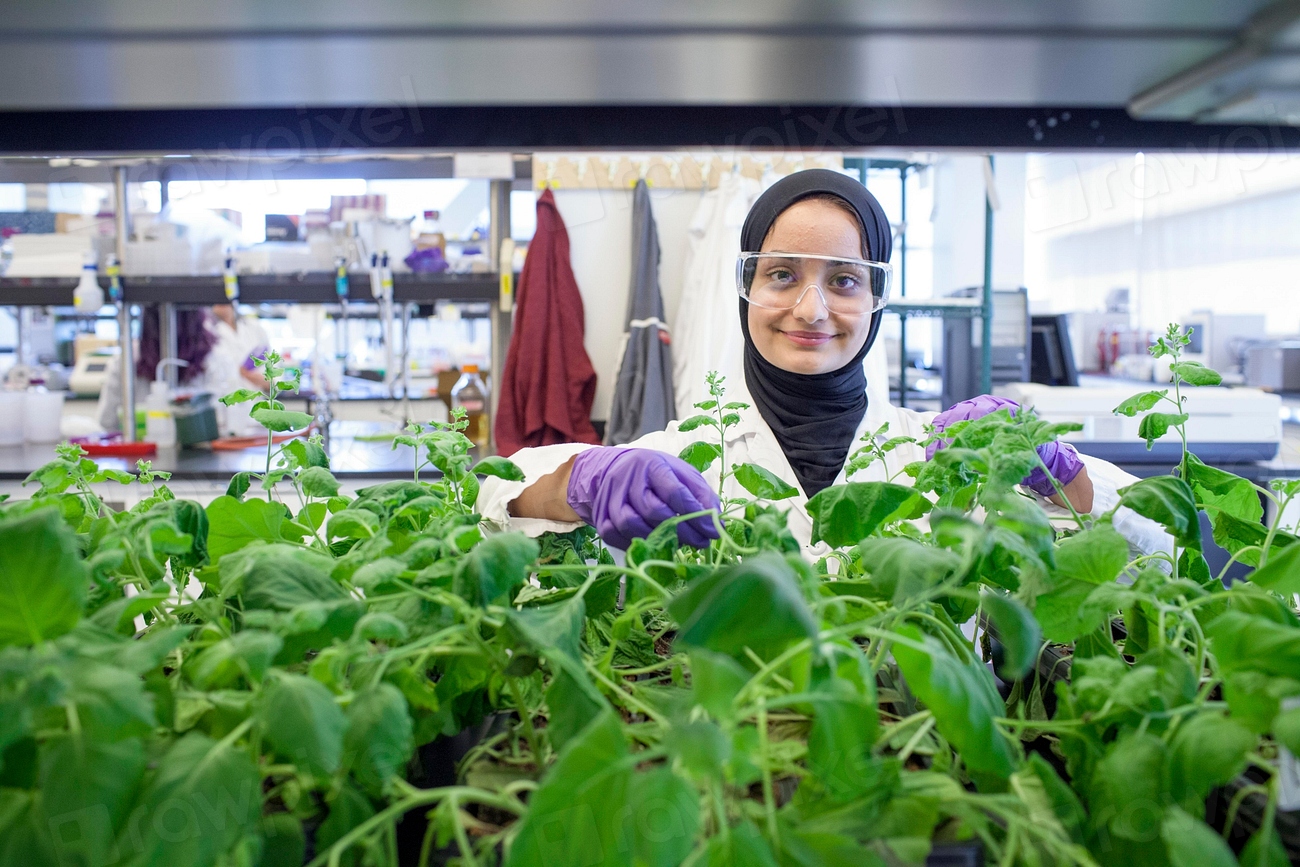
The scientific community mobilized rapidly to understand and combat this new threat. Researchers began studying everything from the insect’s biology and behavior to potential control methods and natural enemies. Universities across affected regions established research programs dedicated to finding solutions, while government agencies provided unprecedented funding for stink bug research. Scientists discovered fascinating details about the insect’s life cycle, including their complex pheromone communication system and their remarkable ability to detect and avoid treated areas. This research laid the groundwork for more targeted and effective control strategies, though practical solutions remained frustratingly elusive in the early years of the invasion.
Biological Warfare: Searching for Natural Enemies
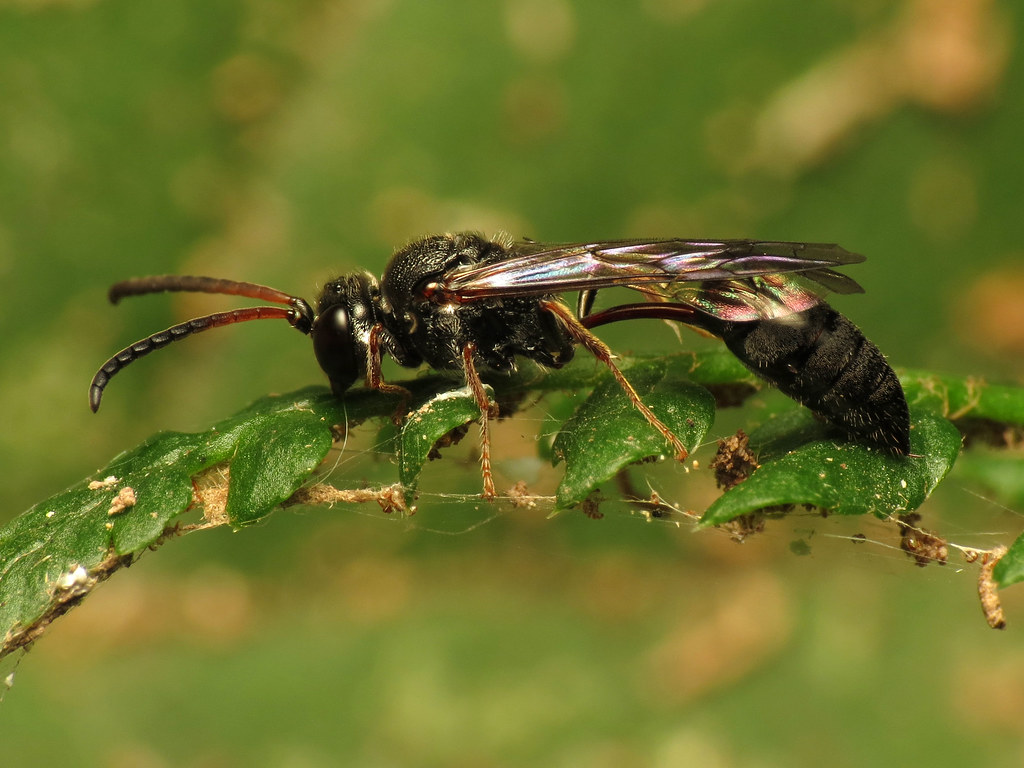
Hope emerged from an unexpected source: the brown marmorated stink bug’s natural enemies from its native range. Scientists began exploring biological control options, particularly a tiny parasitic wasp called Trissolcus japonicus that specifically targets stink bug eggs. This approach offered the promise of long-term, sustainable control without the environmental and economic costs of chemical pesticides. However, introducing a foreign species to control another foreign species requires extensive testing to ensure the cure doesn’t become worse than the disease. Years of careful research and risk assessment were necessary before any biological control agents could be considered for release, while farmers continued to suffer losses.
Integrated Pest Management: A Holistic Approach
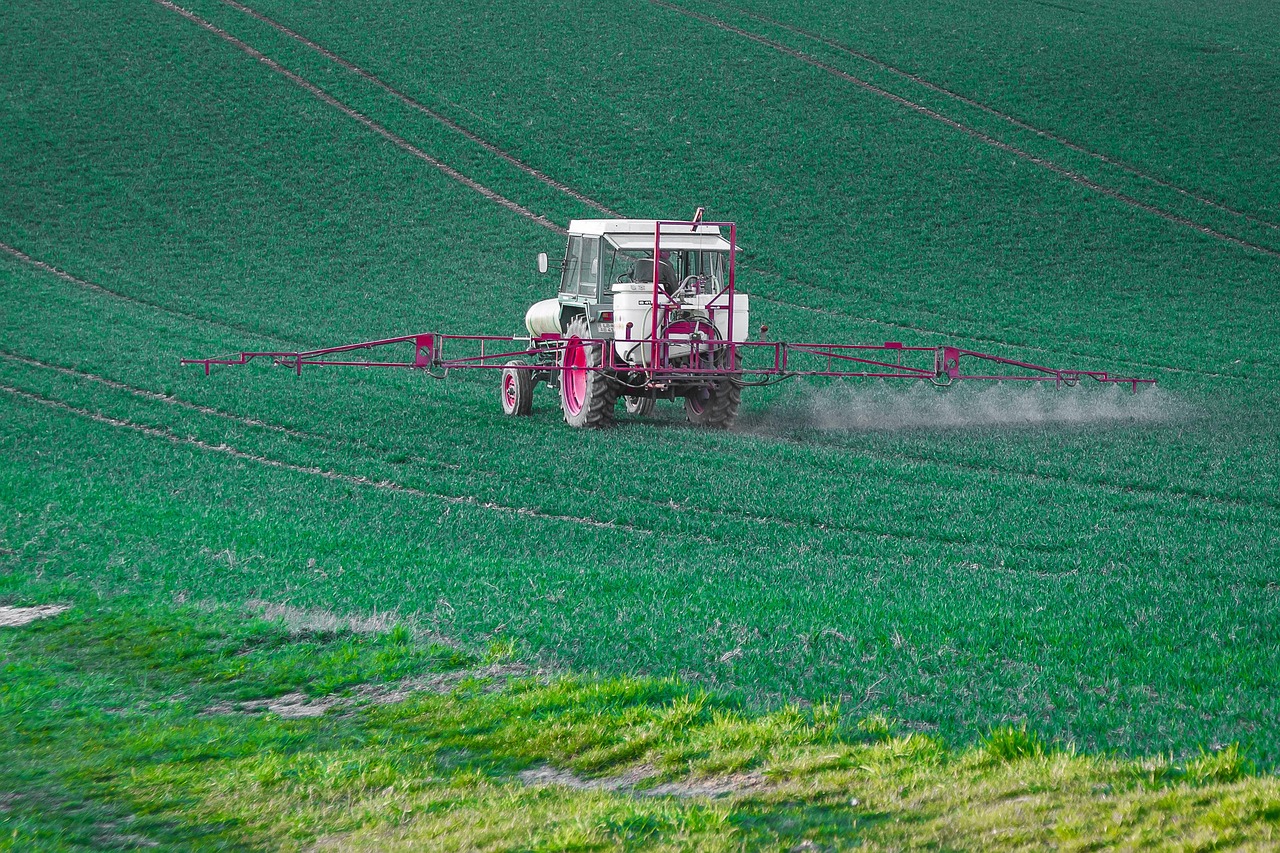
As the crisis deepened, agricultural experts began developing integrated pest management strategies that combined multiple control methods. This approach included careful timing of pesticide applications, habitat modification, physical barriers, and cultural practices that made crops less attractive to the insects. Farmers learned to monitor populations more carefully, treating only when necessary rather than following preventive spray schedules. Cover crops and habitat management became important tools for supporting beneficial insects while reducing stink bug populations. While not a silver bullet, integrated pest management offered a more sustainable and cost-effective approach to dealing with this persistent threat.
The Ripple Effect: Impacts on Food Security and Prices

The brown marmorated stink bug’s impact extended far beyond individual farms to affect America’s broader food system. Reduced crop yields in affected regions led to supply shortages and price increases for consumers. The insects’ preference for high-value crops like apples, peppers, and tomatoes meant that some of America’s most nutritious foods became more expensive and less accessible. Food processors had to source ingredients from more distant, unaffected regions, increasing transportation costs and carbon footprints. The crisis highlighted the vulnerability of America’s food system to invasive species and raised important questions about agricultural resilience and food security in an increasingly connected world.
Lessons Learned and Future Preparedness

The brown marmorated stink bug invasion taught America valuable lessons about invasive species prevention and response. Early detection systems became more sophisticated, with better monitoring at ports of entry and rapid response protocols for new invasions. Scientists developed new tools for predicting which species might become problematic and which regions might be most vulnerable. The crisis also highlighted the importance of international cooperation in managing invasive species, as global trade continues to provide pathways for unwanted organisms to spread. These lessons are being applied to prevent future invasions and to respond more effectively when new threats emerge.
Conclusion
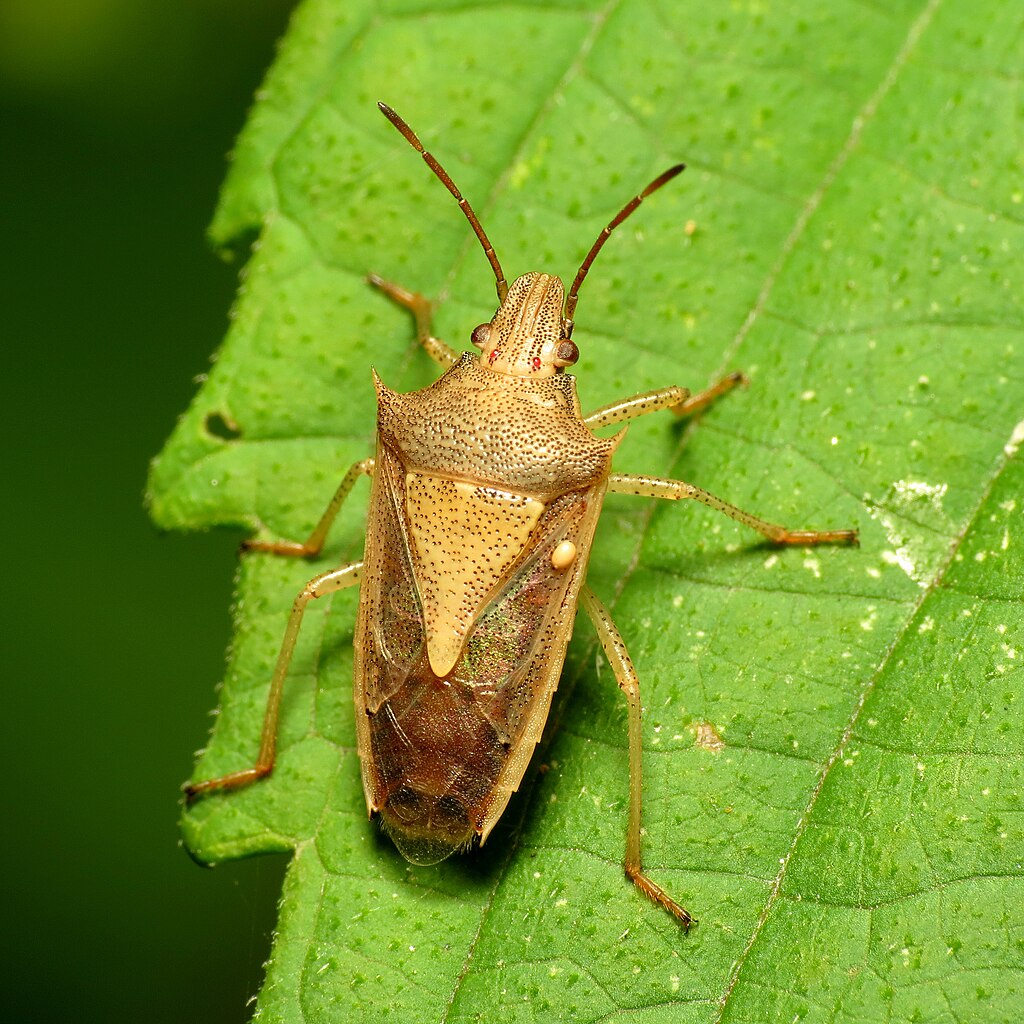
The brown marmorated stink bug’s assault on American agriculture represents more than just an economic disaster—it’s a wake-up call about the hidden costs of global trade and the vulnerability of our food systems. This tiny invader has fundamentally changed how we think about pest management, forcing innovations in biological control, integrated pest management, and early detection systems. While the battle continues, with billions still lost annually to these persistent pests, the scientific community has made remarkable progress in understanding and combating this threat. The story serves as both a cautionary tale and a testament to human ingenuity in the face of ecological challenges. What other invisible threats might be lurking in tomorrow’s cargo shipments?

